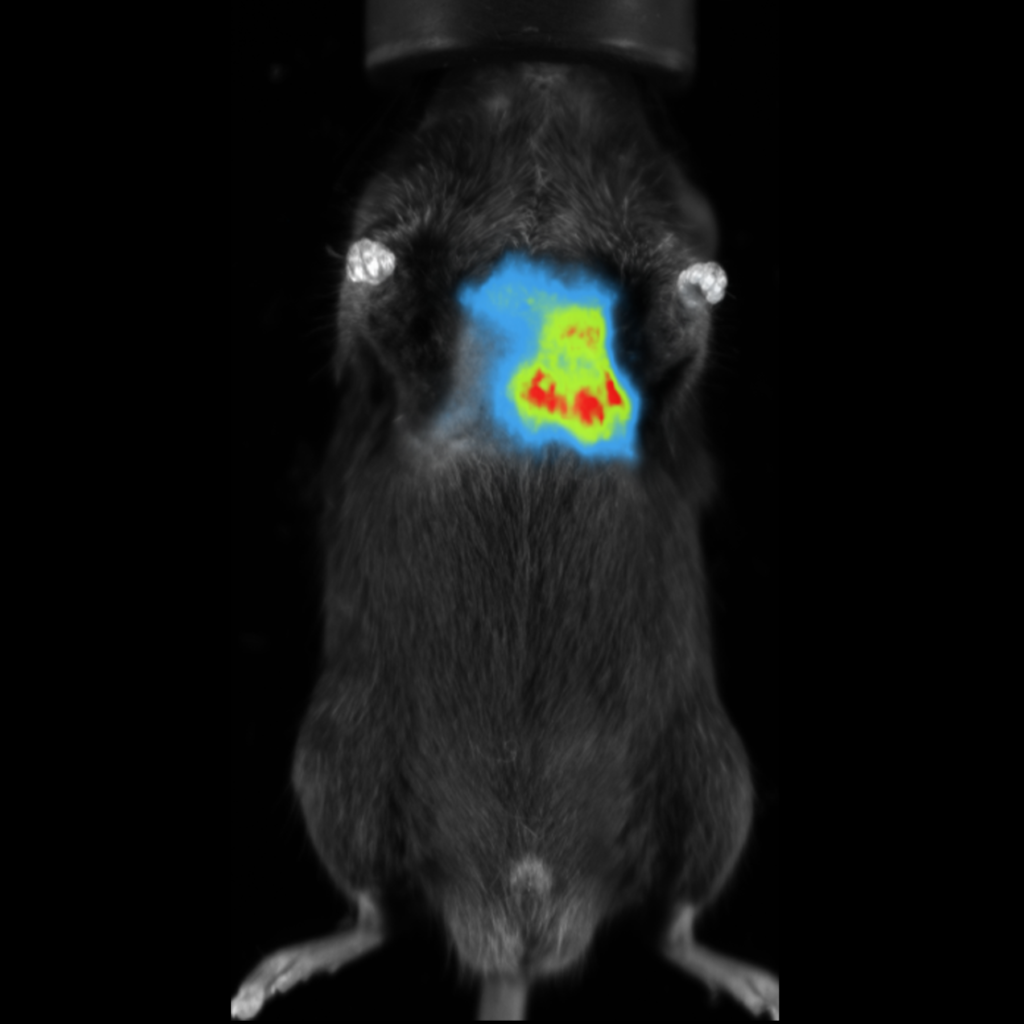Frequently Asked Questions : Fluorescence & Bioluminescence Imaging System
This frequently asked questions document has been designed to help answer some of the most common questions related to preclinical optical imaging using the Newton 7.0 system.
1. What type of imaging does the Newton 7.0 perform?
The Newton system is capable of bioluminescence and fluorescence imaging. The system is dedicated to preclinical imaging of small animal models but may also be used on a variety of in vitro and ex vivo samples.
Additionally, the system comes standard with an integrated 3D tomography module that allows bioluminescence signals to be reconstructed in 3D and overlaid within a topographical model of imaging subject.
2. Is the Newton capable of X-Ray/ CT/ MRI/ SPECT imaging?
No, the Newton 7.0 is an optical imager, dedicated to 2D/3D bioluminescence and fluorescence imaging. There is no radiation in the system, which makes it easier to use and safer for the users.
3. Does the Newton system emit radiation?
No, optical imaging does not use radiation, which makes the Newton system easier to use and safer for users and imaging subjects.
4. Is the Newton capable of time-lapse/sequence imaging?
YES, the SERIAL imaging mode can be programmed to acquire images continuously over a certain period. This can be useful for bio-distribution studies and to monitor disease progression over time.
5. Is 3D imaging/FMT available with the Newton?
Yes, a topography image of the mouse is acquired with the help of 3D NIR cameras and then the main CCD camera acquires multiple images of signal using various emission filters from wavelengths in the spectral emission of the reporter used. Signal is then reconstructed and repositioned within the topographic image of the animal to get a better estimation of where the signal is coming from within the body.
6. Is auto-fluorescence manageable?
Yes, if unwanted signals occur from auto-fluorescence, it is possible to subtract it from the region of interest. However, it is always preferred to use NIR molecular probes when possible, to avoid auto-fluorescence issues.
7. Can I use my own animal anesthesia system?
YES, the Newton is compatible with most standard animal anesthesia systems. We also offer a wide variety of anesthesia equipment that is compatible with the Newton for those who need to purchase something new
8. How many animals can I image at once on the Newton?
We have two different sized systems for the Newton depending on the user’s needs. The smaller system allows for imaging on the user’s needs. The smaller system allows for imaging of one mouse or rat at a time while the larger system allows for up to five mice or three rats to be imaged at once.
